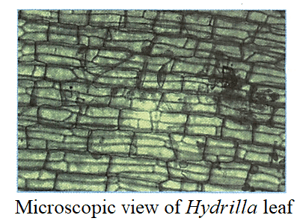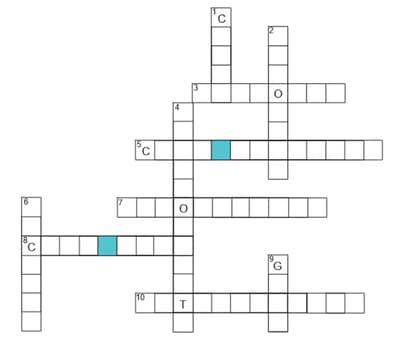Dr. K C Trikha and N K Sehgal Solutions for Chapter: The Cell - Its Structure and Functions, Exercise 3: Something To Do
Dr. K C Trikha Science Solutions for Exercise - Dr. K C Trikha and N K Sehgal Solutions for Chapter: The Cell - Its Structure and Functions, Exercise 3: Something To Do
Attempt the free practice questions on Chapter 1: The Cell - Its Structure and Functions, Exercise 3: Something To Do with hints and solutions to strengthen your understanding. The Living World A book of Science and Technology solutions are prepared by Experienced Embibe Experts.
Questions from Dr. K C Trikha and N K Sehgal Solutions for Chapter: The Cell - Its Structure and Functions, Exercise 3: Something To Do with Hints & Solutions
Hydrilla is an aquatic plant that can be seen in lakes and ponds. It has small, thin leaves. Take Hydrilla leaf and place it on a glass slide. Observe it under a microscope. Note your observations.

When were cells discovered? Were they discovered before or after the invention of the compound microscope?
Does the size and number of cells depend upon the size of the organism?
List the functions of cell organelles and also mention the organ/organ system, that the organelle is similar to, in the human body.
List the advantages of having a cell wall as the outermost boundary in cells.
Complete the crossword puzzle given below.

Across:
3. storage structures of a cell.
5. regulates the entry and exit of materials in and out of the cell.
7. impart colour to flowers and fruits.
8. provides shape and rigidity to a plant cell.
10. The powerhouse of the cell.
Down:
1. help Paramoecium in locomotion.
2. a structure that helps in protein synthesis.
4. help plant cells in converting solar energy into a usable form.
6. control centre of the cell.
9. responsible for transferring traits from one generation to the next.
